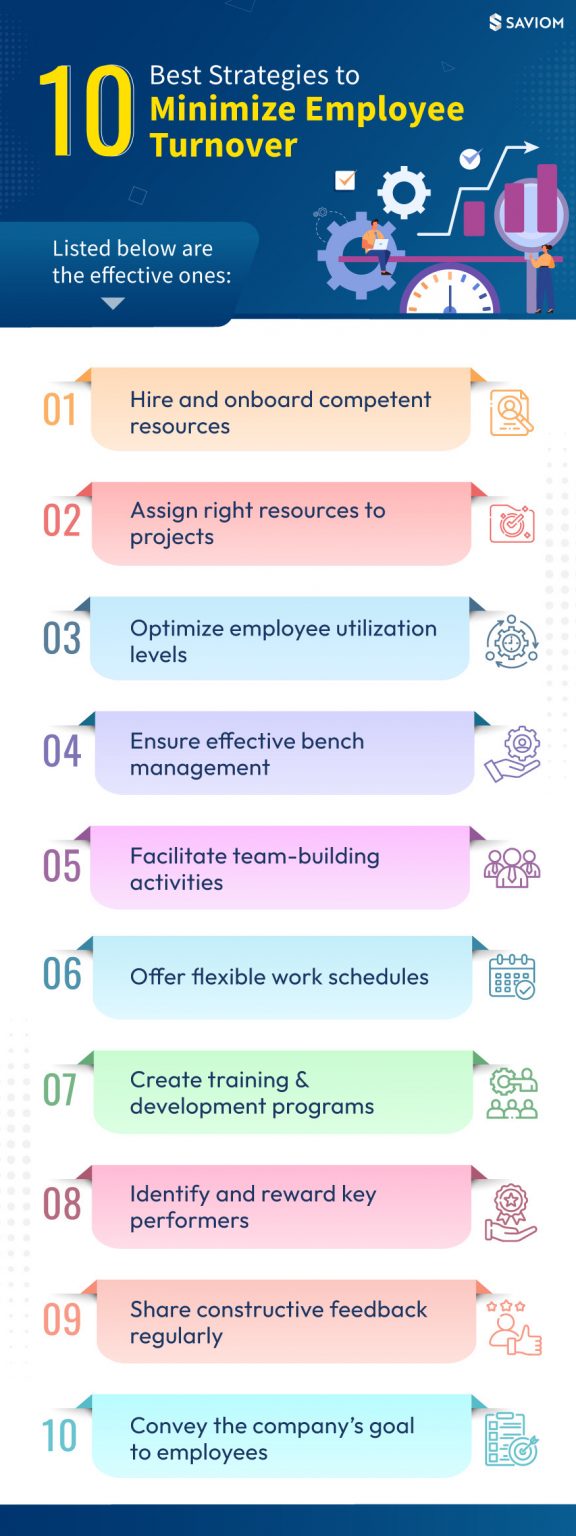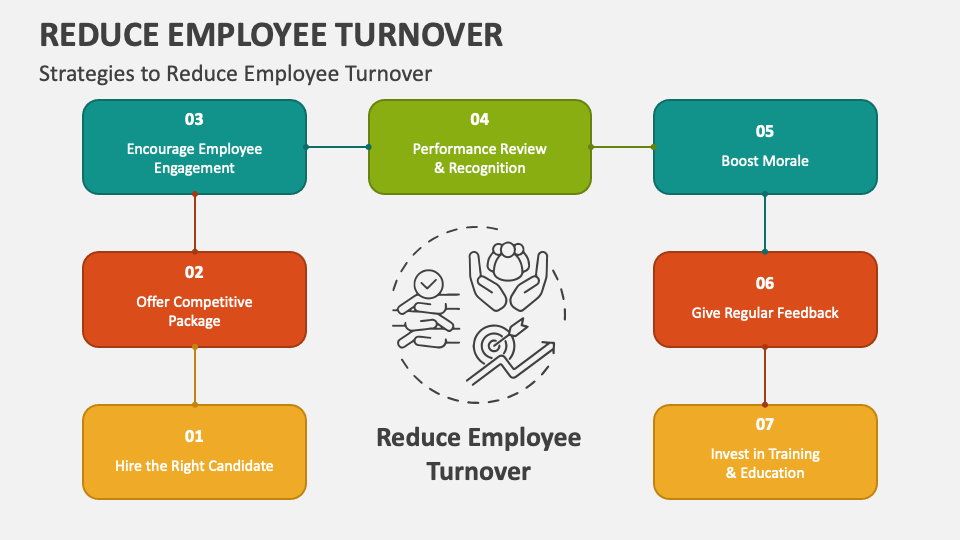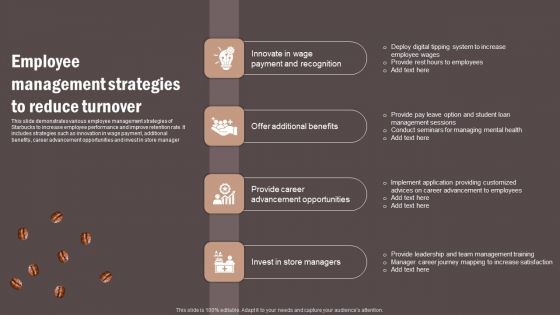Strategies To Reduce Employee Turnover Pdf

Employee turnover continues to plague organizations across industries, costing significant time and resources. The search for effective strategies to combat this persistent issue is a top priority for HR professionals and business leaders alike.
Recently, a comprehensive PDF document outlining various strategies to reduce employee turnover has gained traction, offering practical advice and actionable steps for companies seeking to improve retention rates. This article delves into the key findings of this resource, exploring the methods proposed and their potential impact on the workplace.
Understanding the Roots of Turnover
Before implementing any retention strategy, it’s crucial to understand why employees are leaving. The PDF emphasizes the importance of conducting thorough exit interviews to gather honest feedback about the employee experience.
These interviews can uncover issues related to compensation, management, workload, or company culture. Analyzing this data is the first step towards addressing the underlying causes of turnover.
Key Strategies Highlighted
The document proposes a multi-faceted approach to reducing employee turnover, encompassing various aspects of the employee lifecycle.
One of the core strategies revolves around creating a positive and supportive work environment. This includes fostering open communication, promoting teamwork, and recognizing employee contributions.
Competitive compensation and benefits packages are also identified as essential for attracting and retaining talent. Regular salary reviews and benefit enhancements can help ensure that employees feel valued and fairly compensated.
The PDF also stresses the significance of opportunities for growth and development. Providing employees with training, mentorship, and career advancement prospects can increase their engagement and commitment to the organization.
Investing in employee well-being is another key component. This can involve offering wellness programs, promoting work-life balance, and creating a culture that supports mental and physical health.
Furthermore, the importance of effective onboarding processes is highlighted. A well-structured onboarding program can help new employees feel welcomed, integrated into the team, and equipped to succeed in their roles.
The Role of Leadership
The document emphasizes the crucial role of leadership in driving employee retention. Managers who are supportive, communicative, and fair are more likely to retain their team members.
Regular feedback and performance reviews are essential for helping employees understand their strengths and areas for improvement. Constructive feedback can also help employees feel valued and supported in their professional development.
Leaders should also strive to create a culture of trust and respect. This involves empowering employees, delegating responsibility, and fostering a sense of ownership over their work.
Measuring and Evaluating Success
The PDF stresses the importance of tracking key metrics to measure the effectiveness of retention strategies. This includes monitoring turnover rates, employee satisfaction scores, and exit interview data.
Regularly evaluating the impact of these strategies allows organizations to make adjustments and improvements as needed. A continuous improvement approach is essential for achieving long-term success in reducing employee turnover.
Potential Impact and Challenges
The strategies outlined in the PDF have the potential to significantly reduce employee turnover and improve organizational performance. By creating a more positive, supportive, and engaging work environment, companies can attract and retain top talent.
However, implementing these strategies can also present challenges. It requires a significant investment of time, resources, and commitment from leadership.
Some organizations may face resistance to change from employees or managers who are accustomed to traditional ways of working. Overcoming this resistance requires effective communication, training, and a clear articulation of the benefits of the new strategies.
Furthermore, the effectiveness of these strategies may vary depending on the industry, company size, and specific employee demographics. It is important to tailor the strategies to the unique needs of each organization.
Conclusion
The PDF document offers a valuable resource for organizations seeking to reduce employee turnover. By implementing the strategies outlined in the document, companies can create a more positive, supportive, and engaging work environment, ultimately improving retention rates and organizational performance.
While challenges may arise, the potential benefits of reduced turnover – including lower recruitment costs, increased productivity, and improved employee morale – make the effort worthwhile. The key lies in understanding the root causes of turnover within each organization and tailoring strategies to address those specific issues.
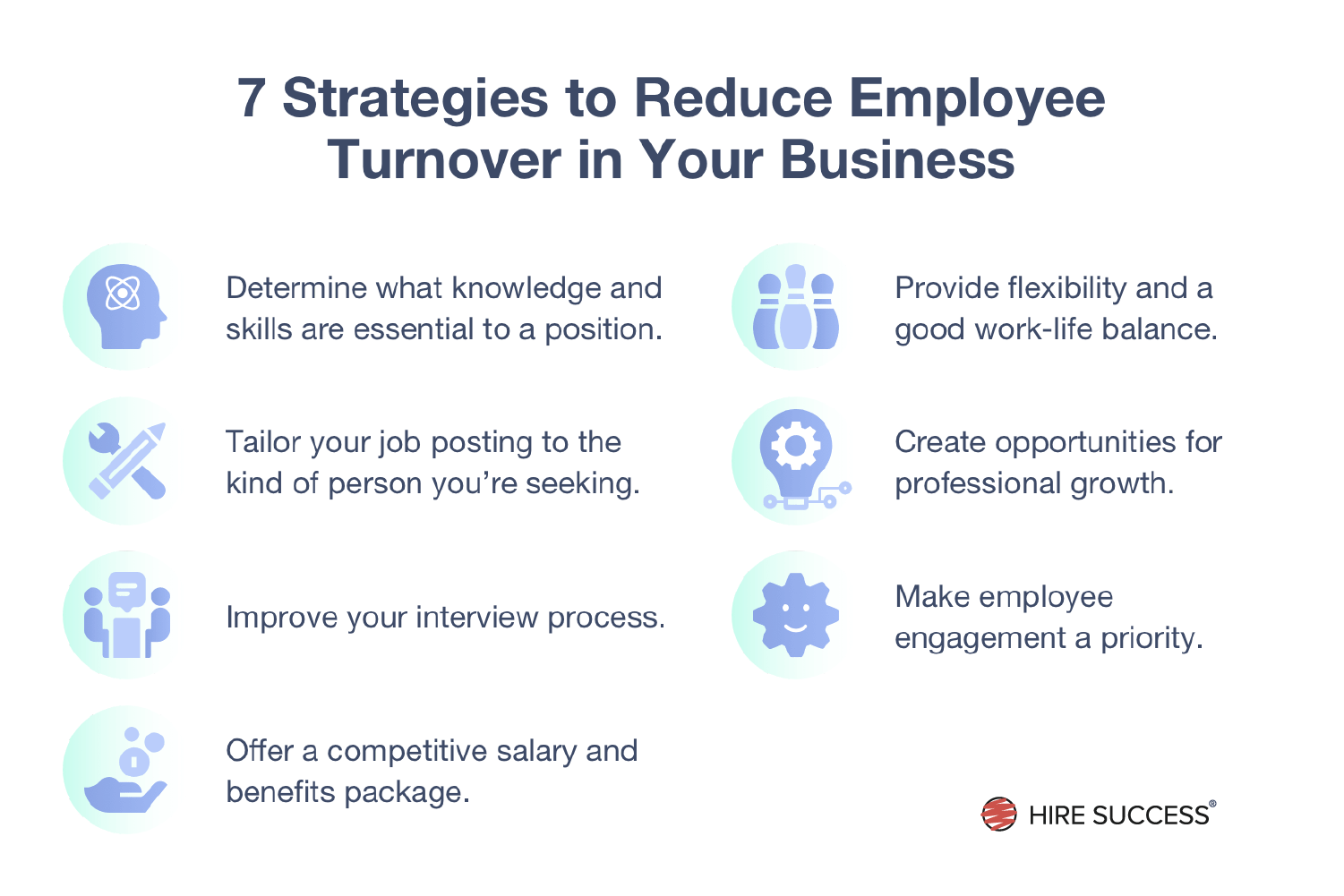
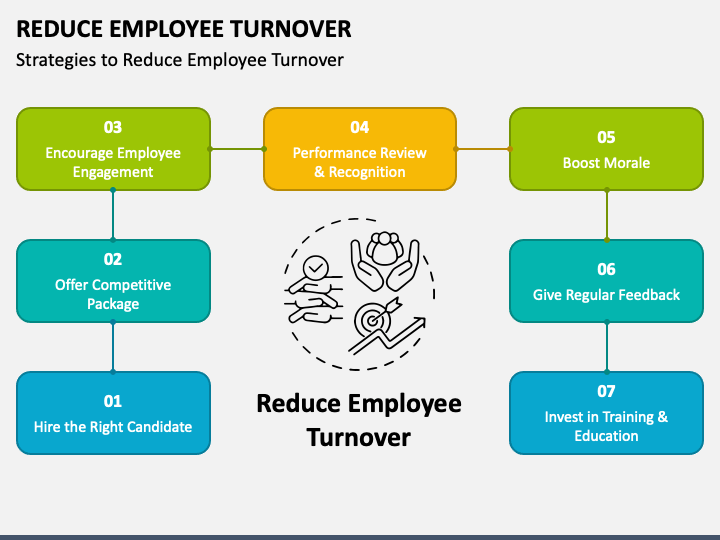
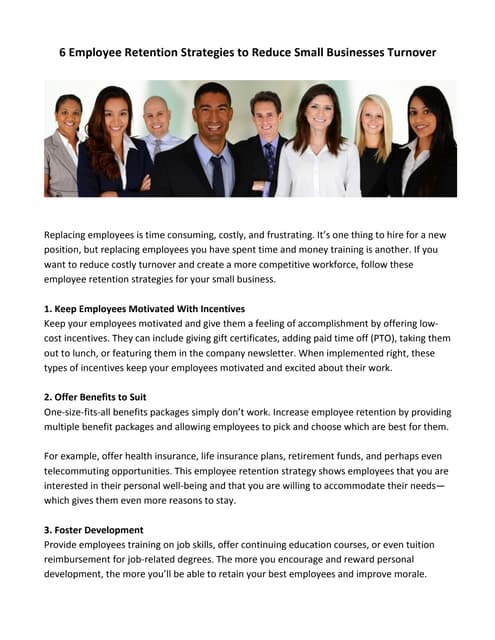

![Strategies To Reduce Employee Turnover Pdf Employee Turnover Rate: 8+ Strategies to Reduce [Updated] - Traicie](https://traicie.com/app/uploads/2022/08/What-Leads-to-high-Employee-Turnover-rate.png)
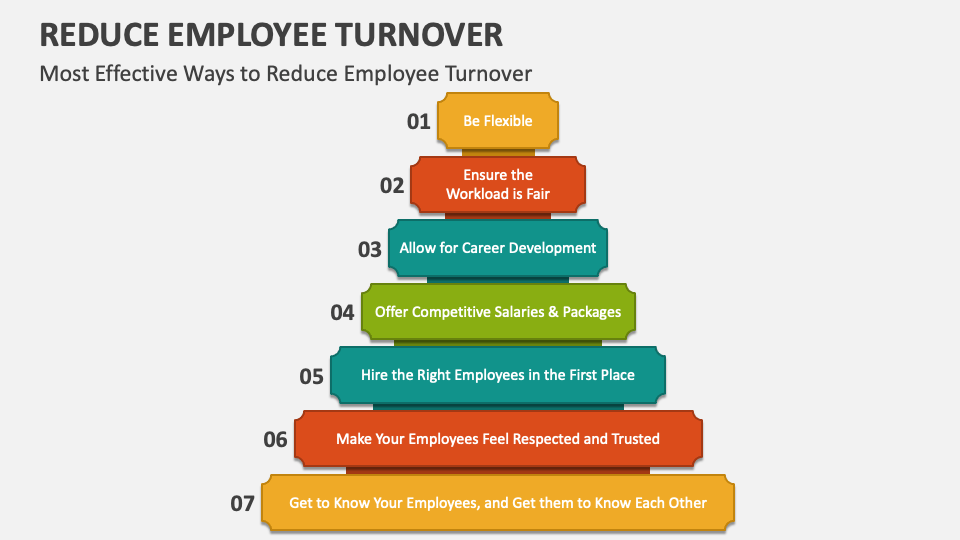

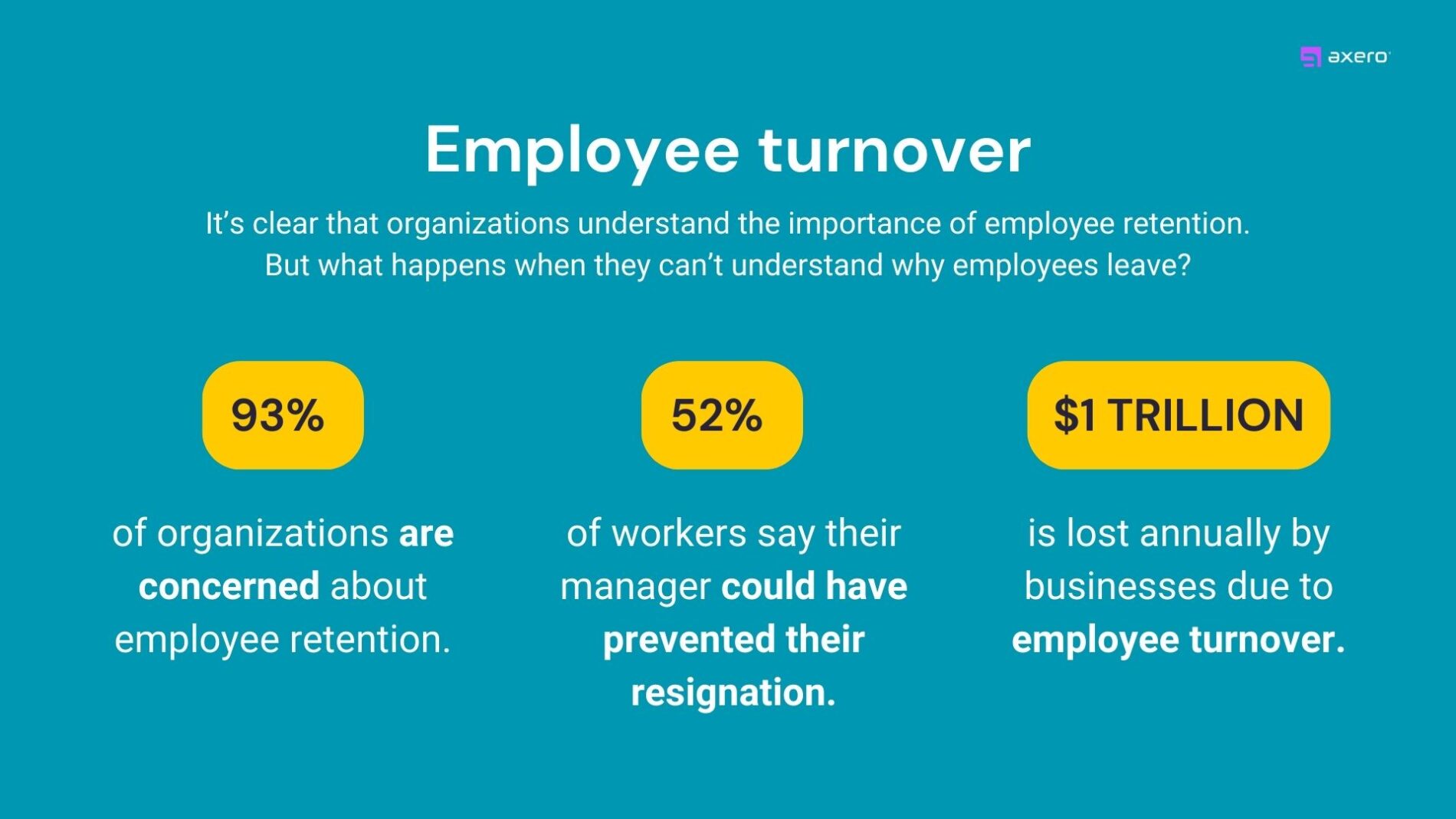

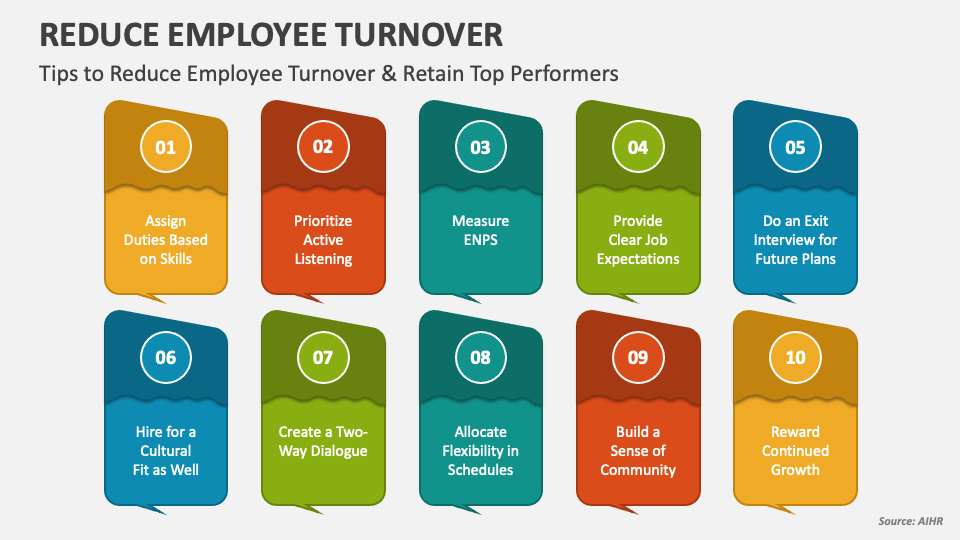

![Strategies To Reduce Employee Turnover Pdf Reduce Employee Turnover with 7 tips + [INFOGRAPHIC 2024]](https://jenz.app/wp-content/webp-express/webp-images/doc-root/wp-content/uploads/2022/09/jenz-todo-onepager-3-1.png.webp)
